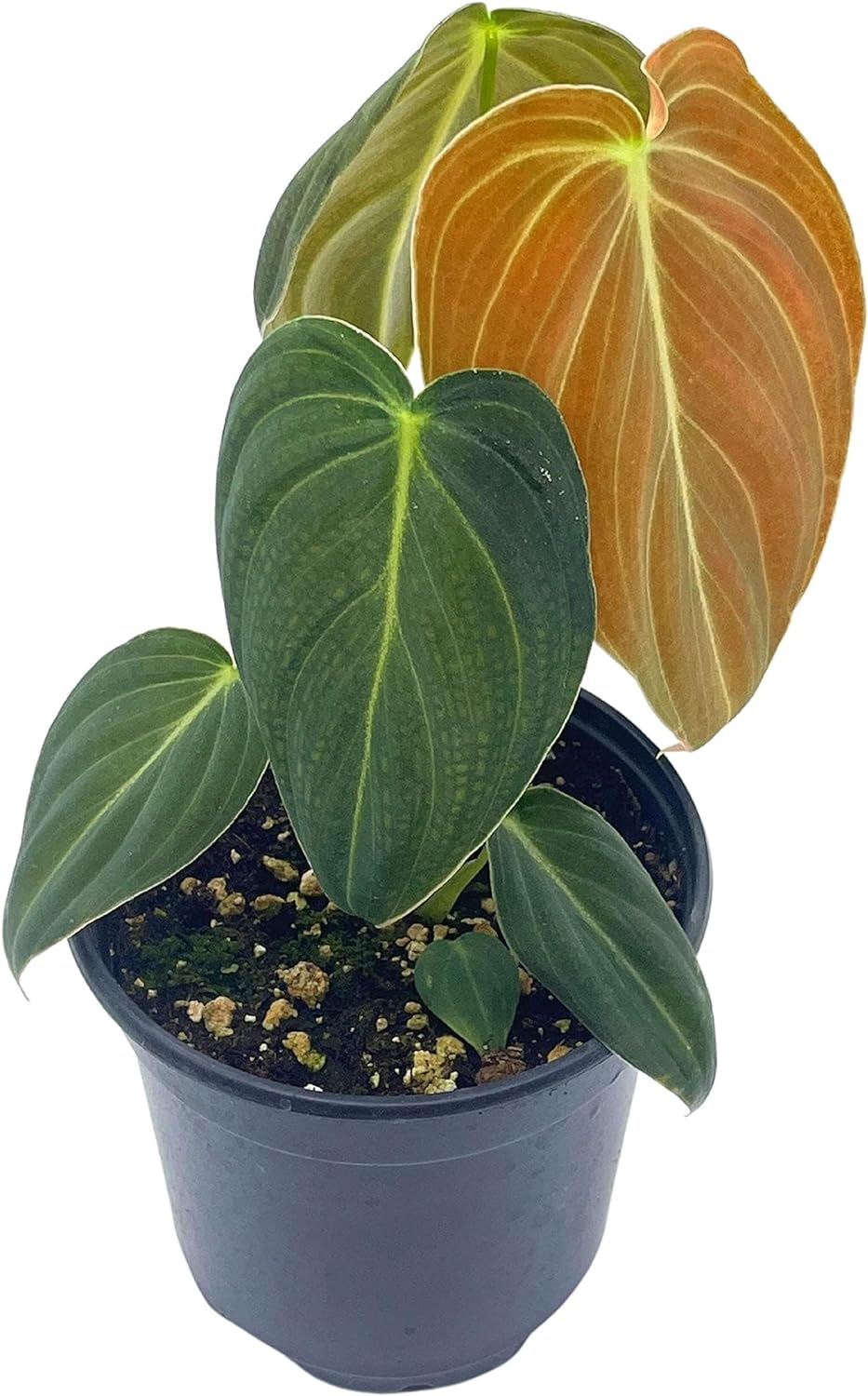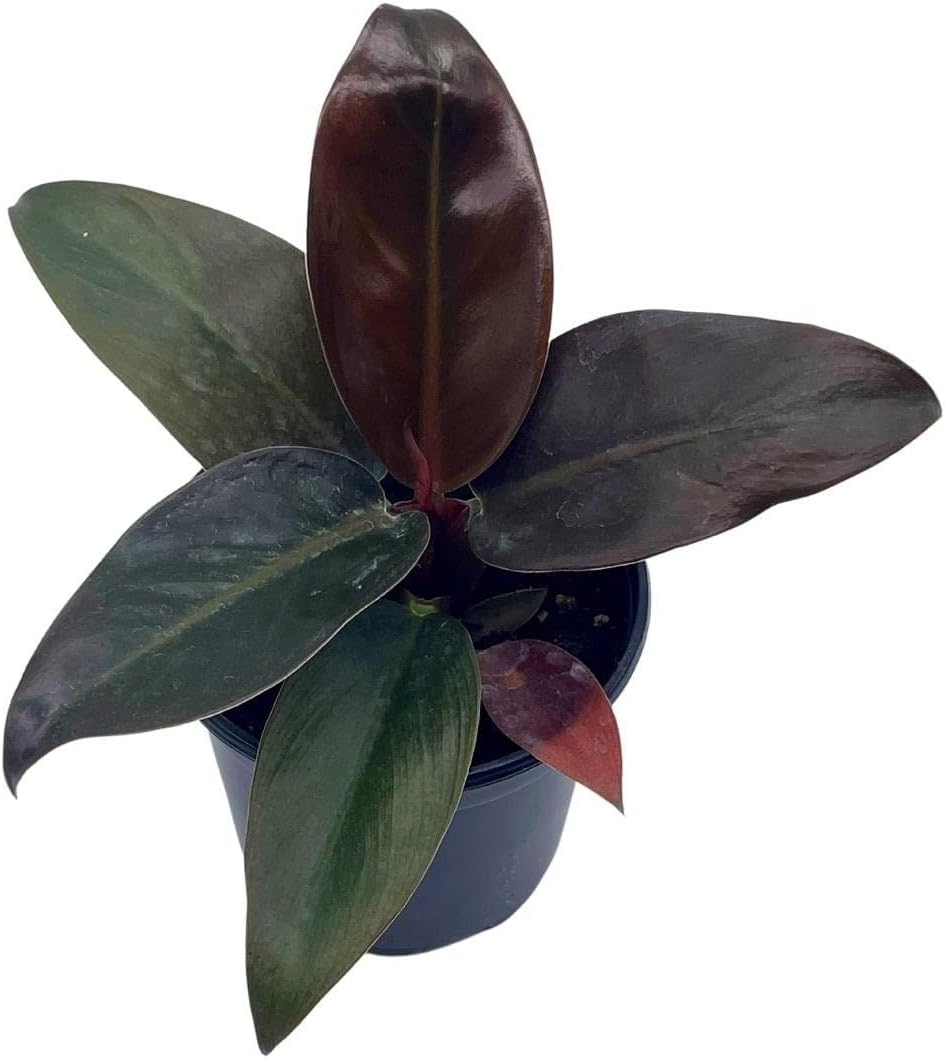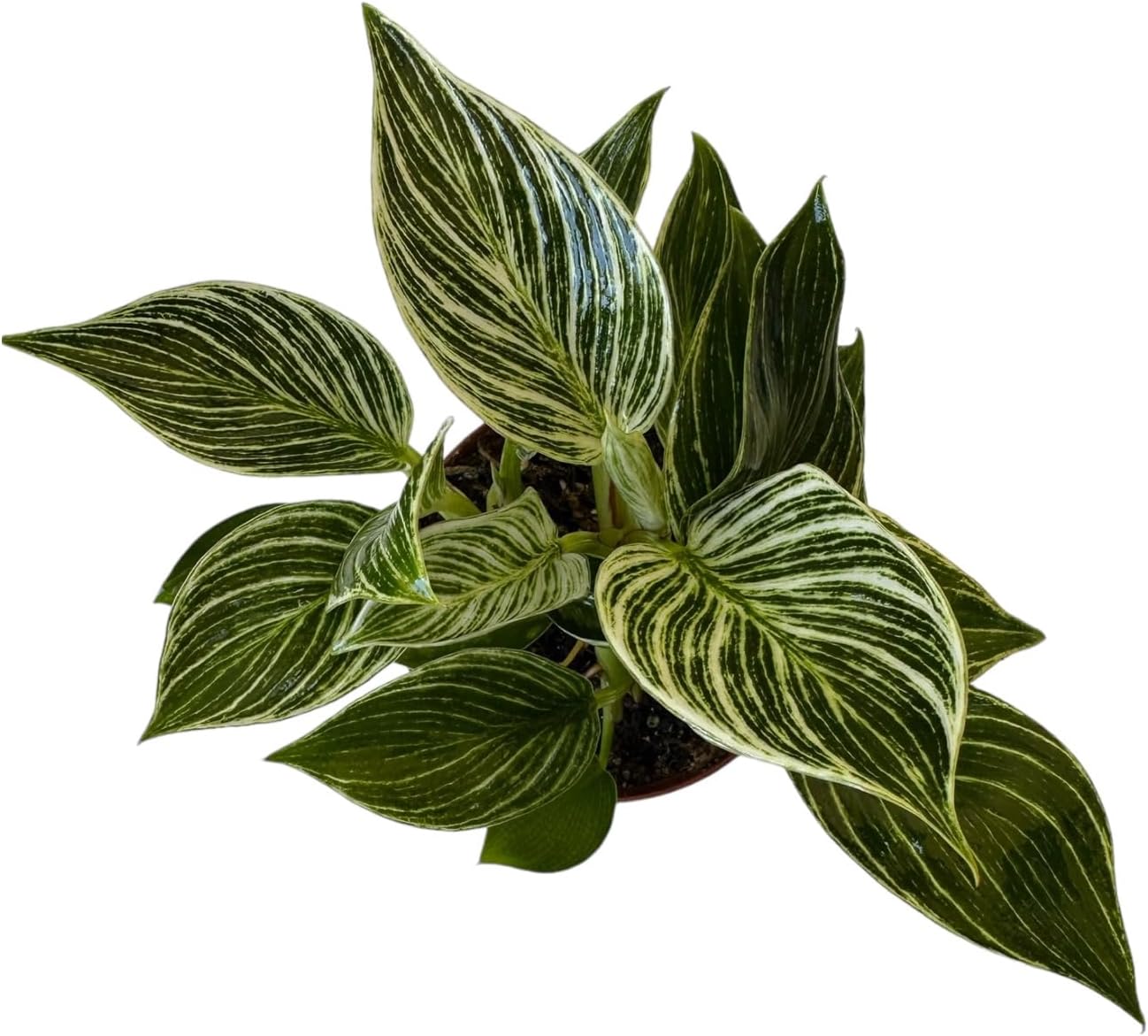The 5 best Philodendron types houseplant lovers always buy - they'll make your home look so beautiful
Experts on their favorite philodendrons and how to get them to thrive
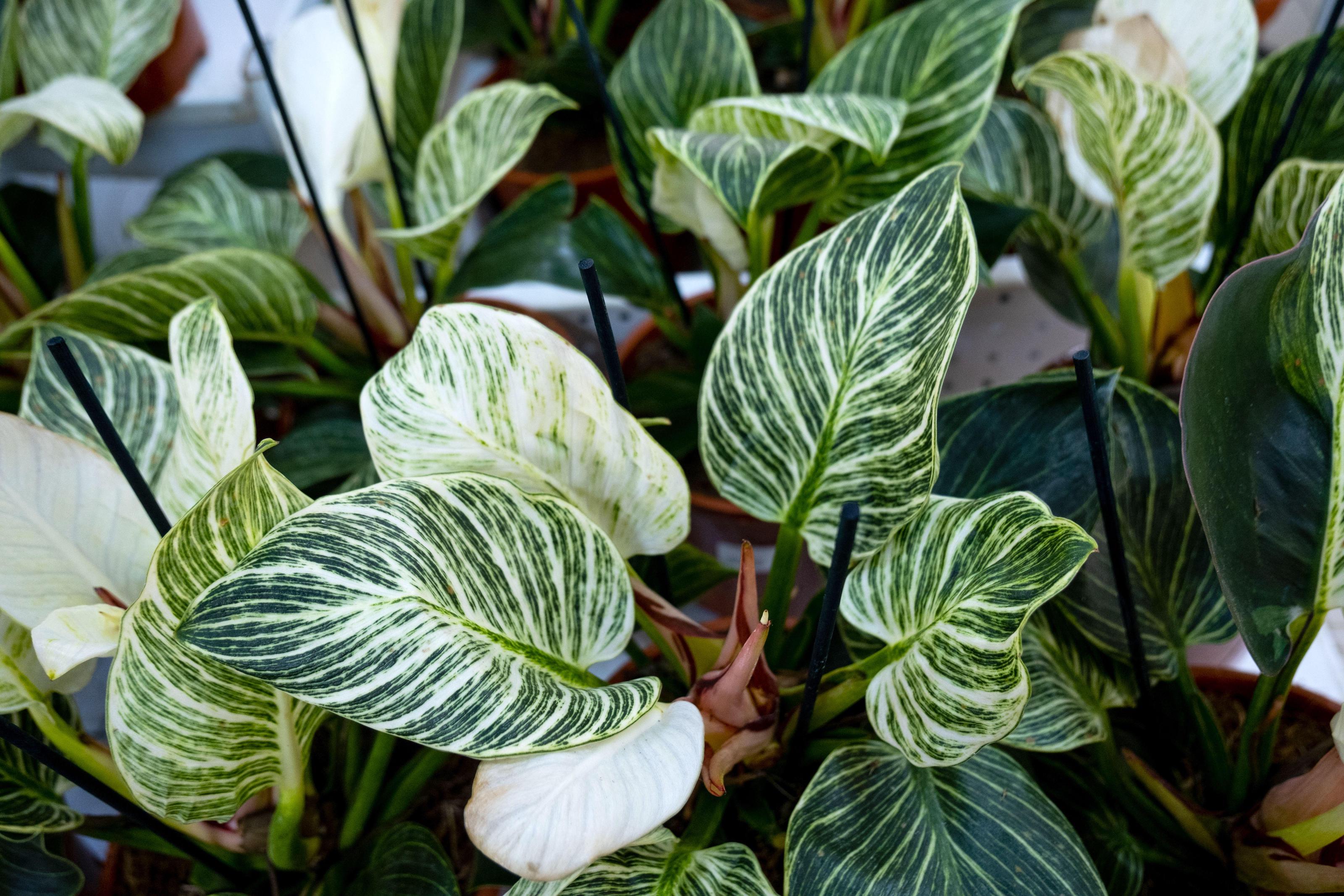
With its large heart-shaped leaves, and the ability to climb or trail, the philodendron is a popular houseplant. Most of us are familiar with the aptly named Heartleaf philodendron. Yet there are hundreds of fabulous philodendron types, including some unusual cultivars, bred for their striking looks, as well as numerous natural beauties.
Part of the Araceae family, philodendrons are easy to grow in indoor gardens and available in a wide array of colors, textures and sizes. This makes them suitable for beginners and seasoned indoor gardeners alike.
We've canvassed the opinions of experts to discover five of the most beautiful philodendron types and everything you need to know to get yours to thrive.
1. Philodendron Brandtianum
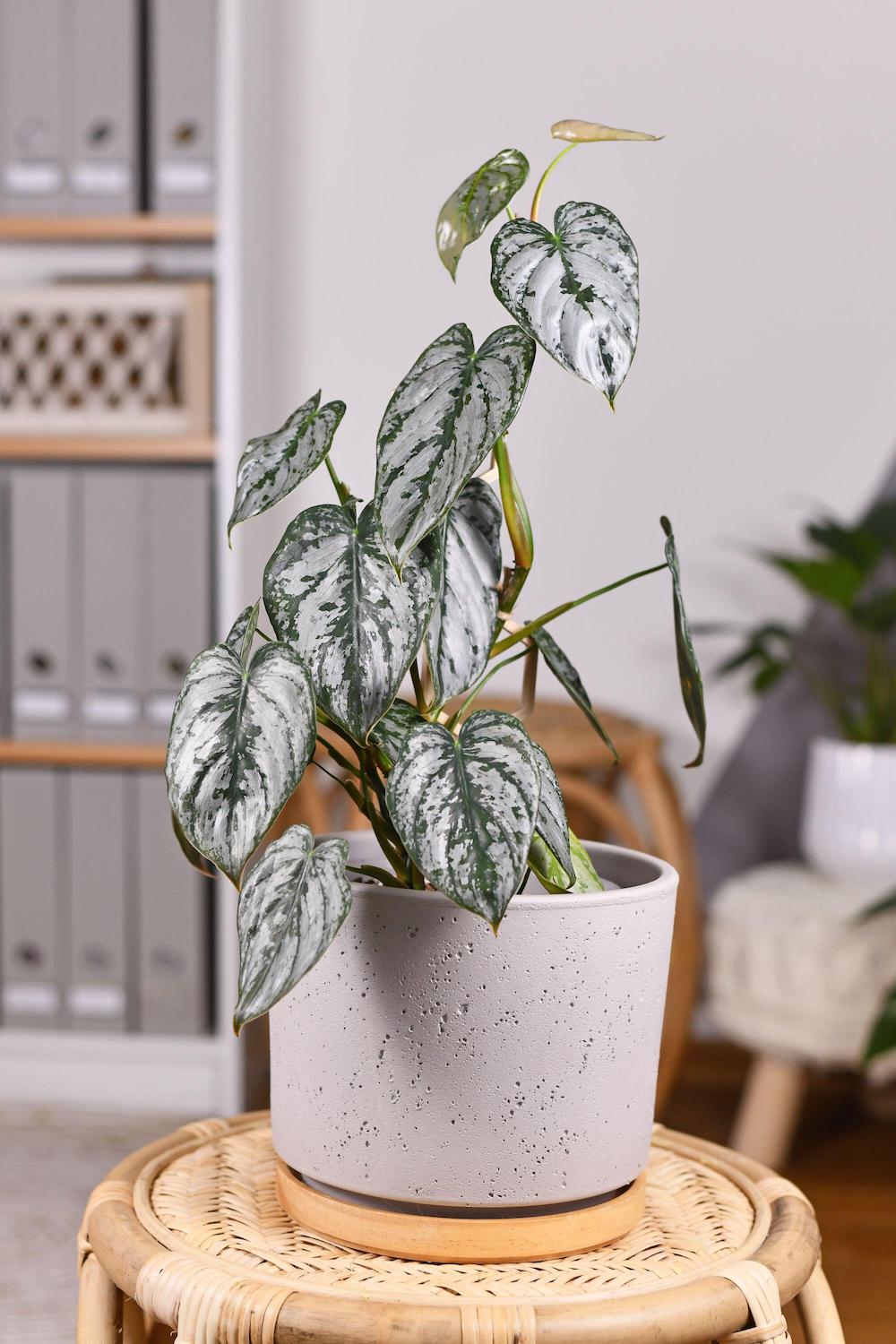
Hilton Carter, our favorite plant stylist, expert and author of Living Wild (published by CICO Books), calls the philodendron brandtianum a "designer" plant. His definition being those plants that reflect the colors, patterns and textures in the home and bring the "wow" to a space.
'The Philodendron brandtianum is as designer as designer plants can get,' says Hilton. 'She’s highbrow, but not high maintenance. So, when brought into your home, the Brandtianum has to be styled correctly, with intention.
'Her allure comes from the silky, silvery, heart-shaped foliage, which glides gracefully along lean vines. The silvery swirl pattern that wraps itself around the greens in the leaf is reminiscent of wood fibers that form organic lines in a piece of timber,' continues Hilton.
'With the Brandtianum being a vine plant, it can be styled in a hanging pot or grown vertically in a floor planter supported by a wooden or moss-covered pole.
'Find a place that gets bright indirect to medium light. The brighter the light, the bigger the foliage will be, but avoid direct sun.
'Use a soil medium that is free-draining and loose, made with a mixture of perlite, peat moss, and organic potting soil. Water deeply once the top half of the soil is dry.'
2. Philodendron Melanochrysum
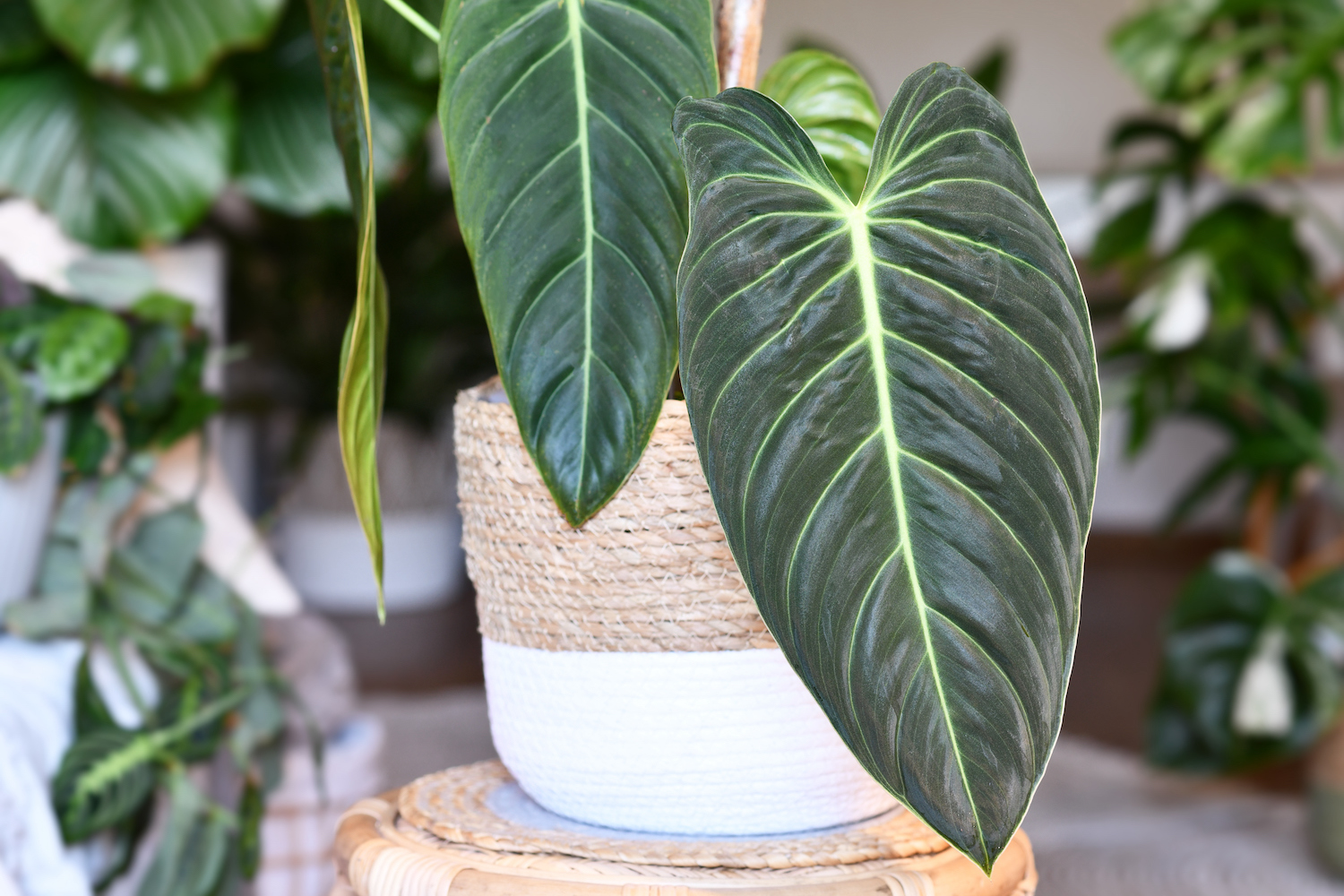
The philodendron melanochrysum is another of Hilton Carter's favorite plants that he likes to style spaces with. Hailing originally from Columbia, this vining plant has rich dark green, velvety heart-shaped leaves, that the stylist likes to highlight by placing it near sumptuous fabrics.
'This is not only one of my top 10 designer plants, it’s also on my list of favorite plants I’ve ever had the pleasure of caring for,' says Hilton. 'The soft and velvety green foliage dangling from its thin vines really does resemble velvet curtains hanging on a rod.
'However, this is one of those “look but don’t touch” plants. Its delicate foliage definitely feels like velvet, but you’ll just have to imagine that as too much touching of the leaves can damage the tissue of the plant over time.
'I like to style P. melanochrysum where it can be seen and admired,' continues Hilton. 'If a room has velvet curtains or throw pillows, that’s a great place for this plant.
'With the Philodendron melanochrysum being a vine plant with soft leaves, I suggest styling it in a terracotta or concrete planter to juxtapose the two textures. If you place a trellis or wooden pole inside the pot, this will encourage the vines to grow upward.
'Dappled sunlight is great, but keep it away from direct sun from south-and west-facing windows because this can burn the leaves and kill your plant over time.
'When the top half of the soil is dry, water your P. melanochrysum with lukewarm water until runoff comes out of the drainage holes of the pot. When styling tropical plants, it’s important to mimic their natural climate when possible, so adding humidity via a humidifier and misting weekly will be important.'
3. Philodendron Erubescens (Pink princess)
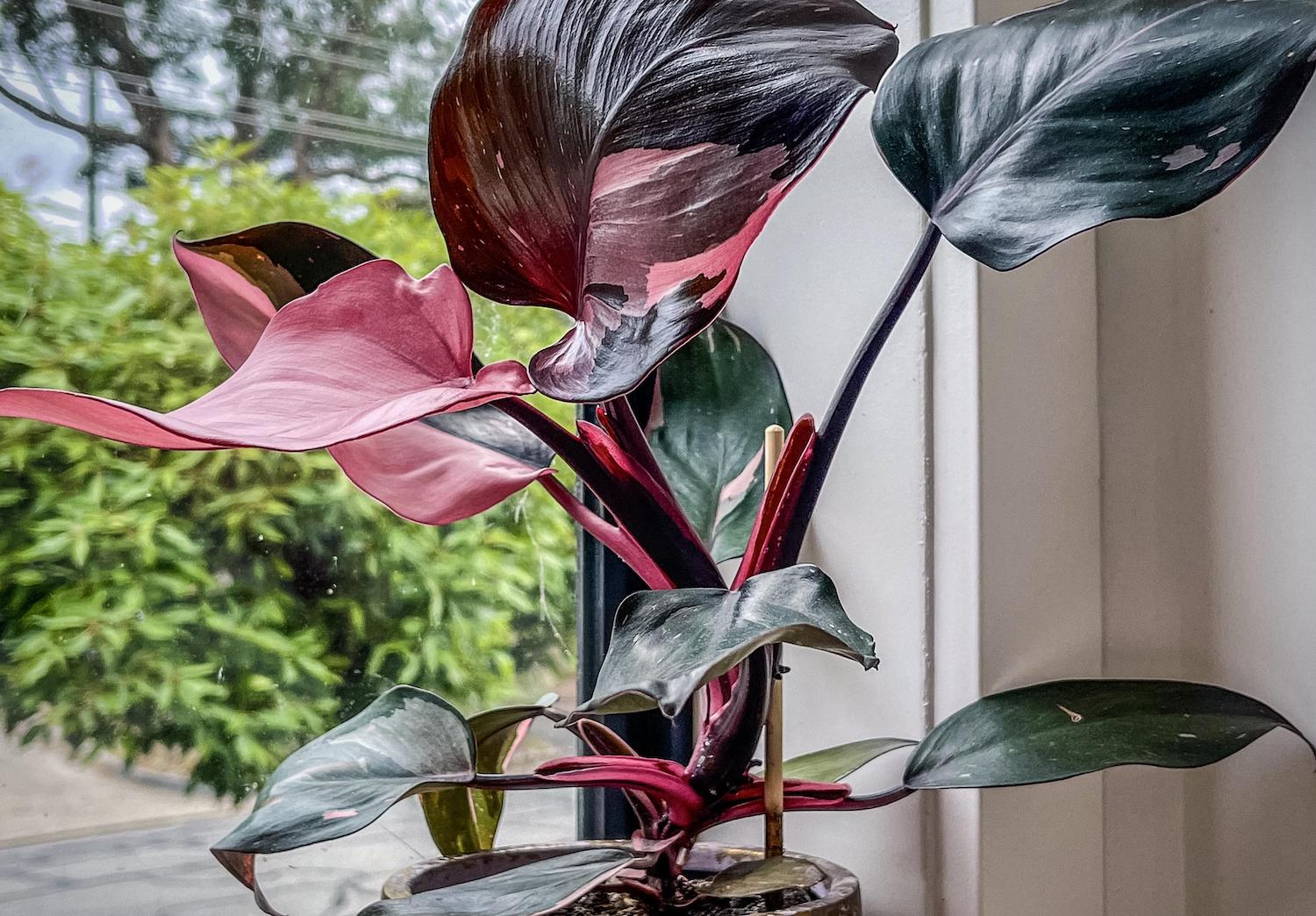
The pink princess is a cultivar, meaning it's a hybrid created in a lab, so you won't find this particular philodendron in the wild. In fact, it is relatively rare as its patchy pink leaves don't always appear–as they are energetically expensive for the plant to produce.
'This highly-sought after cultivar gets its name from the leaves that it shows off,' says Paris Lalicata, plant expert at The Sill.
'In order to ensure the bright-pink coloration, maintain bright light levels by keeping the plant in a window or using a grow light. The pink princess is not suited for low light conditions and will grow best in bright indirect light to morning direct sun.
'Allow the soil to dry out between waterings before giving it a thorough soak, and provide ample humidity. Most Philodendrons are found growing on trees in their native habitat so consider giving your Princess a moss pole or trellis to climb.'
4. Philodendron Birkin
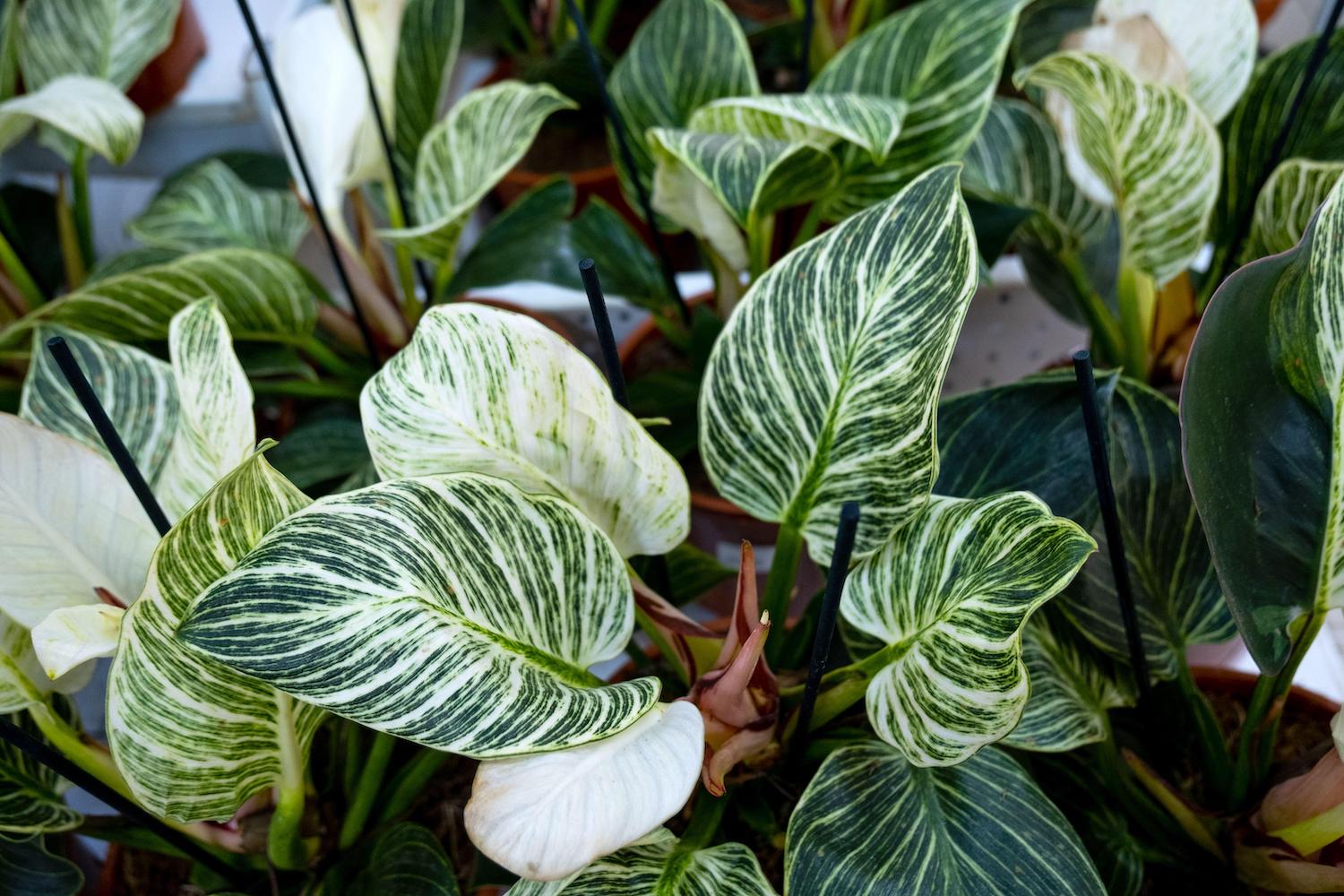
Another beautiful philodendron, the birkin has unique variegated leaves with striking cream and green striped patterns that are visually appealing. With these stand-out stripes, the philodendron birkin adds interest and depth to a plant shelf when mixed with other foliage.
This philodendron is also another hybrid, so you won't see it in the wild, however, the once rare plant is now much easier to get your hands on. Like other philodendrons it's fairly low-maintenance and more like to suffer from over-watering than under. That said, the birkin still has its likes and dislikes.
'The Birkin is a slow growing plant that can reach up to three feet tall indoors if it's well cared for,' says Paris Lalicata at The Sill. 'Curling leaves and a dry potting mix are signs it is under-watered, while mushy stems and a soggy potting mix are signs of over-watering. Loss of variegation on new leaves are likely to be due to low light conditions.'
5. Philodendron ring of fire
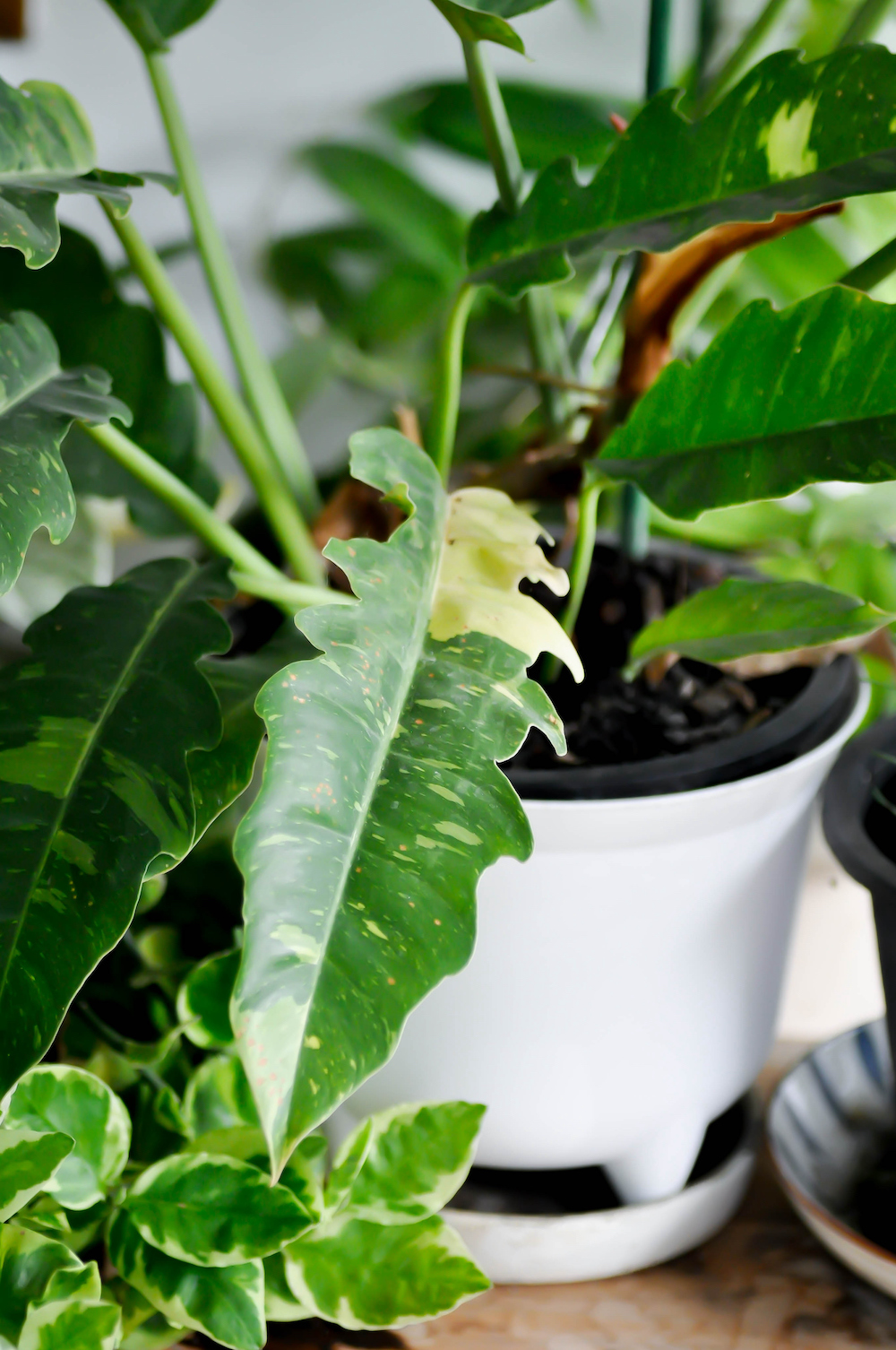
This pricey plant is a rare hybrid loved for its unusual colors, leaf shape and varigation. It's a slow grower, however, with the right care can live for many years.
'The Philodendron Ring of Fire gets its name due to the shades of green, red, orange and cream on its long, multi-color leaves with jagged-edges,' says Paris Lalicata at The Sill.
'It is another rare hybrid that loves to climb as it grows, so would benefit from a coco coir pole, trellis, or similar for support. Maintain bright light levels by keeping the plant in a window.
'The ring of fire is also not suited for low light conditions and will grow best in bright indirect light. Like other philodendrons, allow the soil to dry out between waterings. Then give it a thorough soak and provide ample humidity.'
Be The First To Know
The Livingetc newsletters are your inside source for what’s shaping interiors now - and what’s next. Discover trend forecasts, smart style ideas, and curated shopping inspiration that brings design to life. Subscribe today and stay ahead of the curve.
Jacky Parker is a London-based freelance journalist and content creator, specialising in interiors, travel and food. From buying guides and real home case studies to shopping and news pages, she produces a wide range of features for national magazines and SEO content for websites
A long-time contributor to Livingetc, as a member of the team, she regularly reports on the latest trends, speaking to experts and discovering the latest tips. Jacky has also written for other publications such as Homes and Gardens, Ideal Home, Red, Grand Designs, Sunday Times Style and AD, Country Homes and Interiors and ELLE Decoration.
-
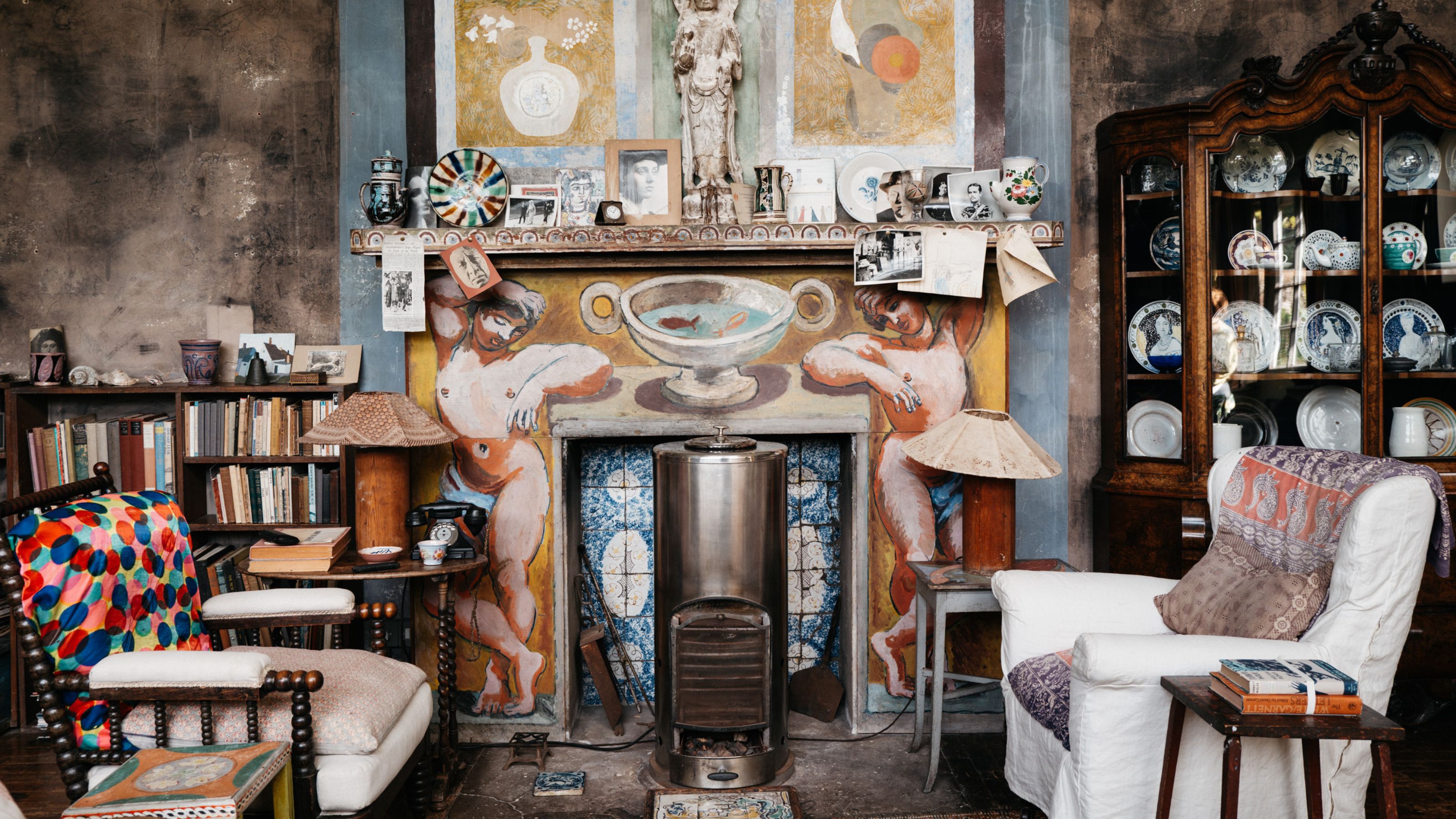 5 Things You Should Never Buy From a Thrift Store, According to People Who Know About Antiques
5 Things You Should Never Buy From a Thrift Store, According to People Who Know About AntiquesIt may look like treasure, but it may also just be trash. Here is how to know what to avoid while thrifting, and what to look for instead
By Olivia Wolfe Published
-
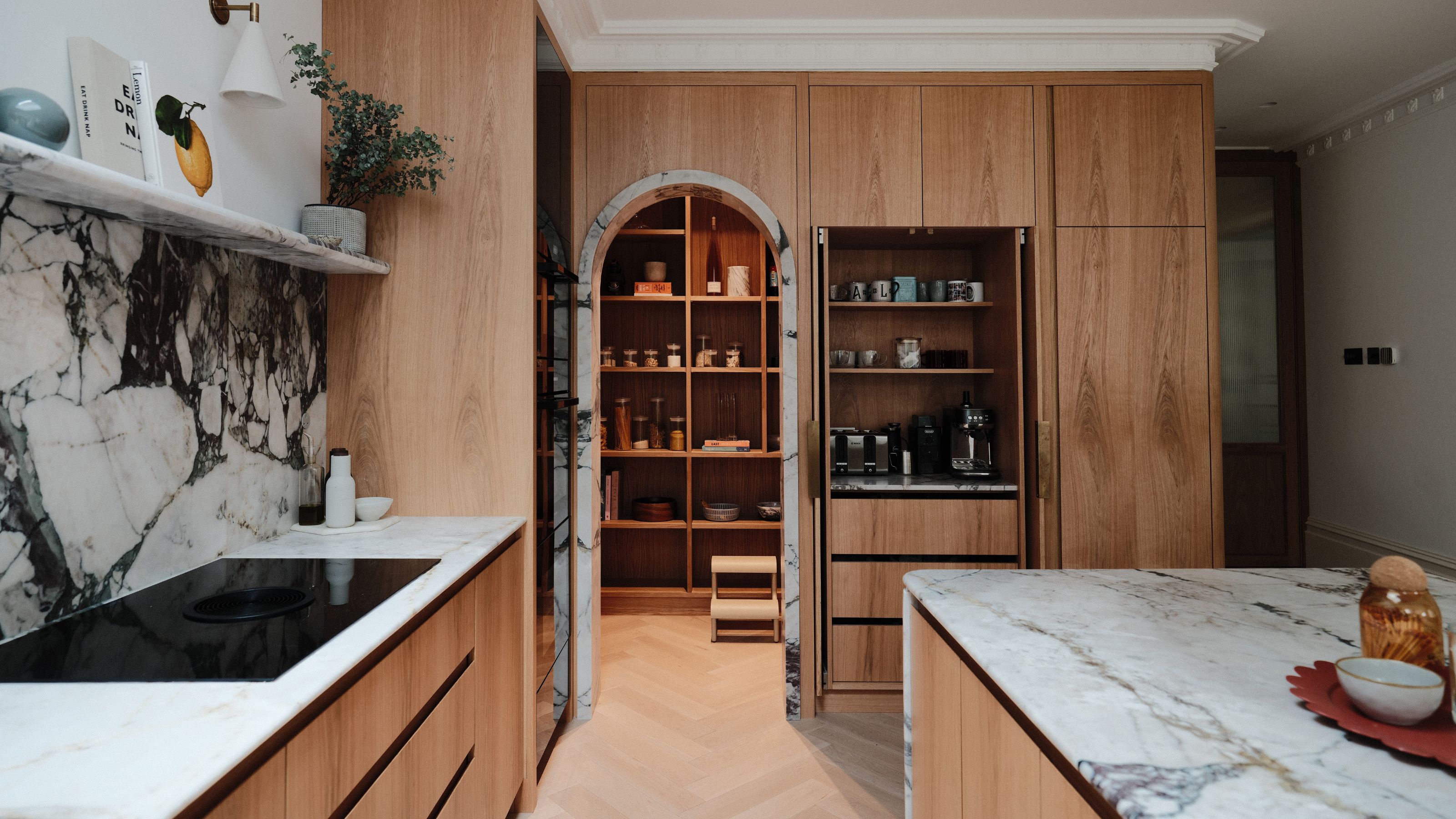 7 Pantry Organization Mistakes That Are an Organizer's Worst Nightmare
7 Pantry Organization Mistakes That Are an Organizer's Worst NightmareGet that Pinterest-perfect pantry by avoiding these certified organization faux pas
By Amiya Baratan Published

